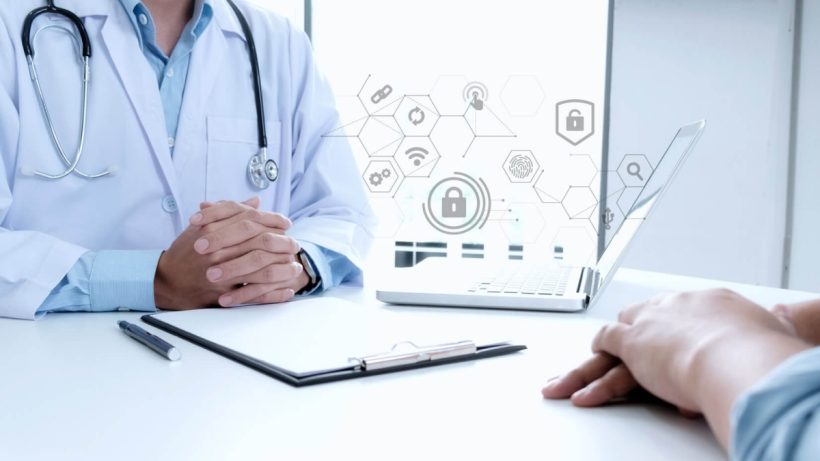Security should be a priority for any healthcare practitioner or organisation. When you’re dealing with sensitive patient information, you have a duty of care to prevent it from falling into the wrong hands. This means using software that has the very best security features, but if you’re not a technical expert, how do you tell?
Here are four things to look out for when choosing your healthcare software, if you want to make sure it’s as safe and secure as possible.
1. Two-Factor Authentication
A secure login and password are the first defence against someone gaining unauthorised access to your software, but the best software goes one step further with two-factor authentication. This means that users will need to provide extra information or verify their logins using a second device, like their phone. Two-factor authentication can be done via an SMS with a pin number or an authentication app.

2. Regular Security Updates
Most software for doctors will need to be upgraded fairly regularly to add new features and fix any bugs. Updates are also important for security reasons. Cyber security is an ever-evolving challenge and new weaknesses and threats need to be dealt with quickly. Make sure your software has regular security updates, and most importantly, you’re downloading and installing them as and when needed.
3. Threat Monitoring
All types of software require regular monitoring for security threats. It’s relatively easy for data breaches to go undetected and the longer they go undetected, the greater the damage. The most secure software will incorporate security monitoring for threats around the clock so you can benefit from early detection if something is amiss.
4. Remote Hosting and Secure Data Backups
Hosting your own healthcare software might seem like the best way to stay in control of your security, but in reality, a cloud-based solution with remote hosting is often safer. This is because, rather than being stored on a server on your premises, your data will be kept in a secure data centre, in a remote location. Not only do data centres have state of the art security, often including technology like biometrics and around the clock security patrols, because they’re located away from your practice, they won’t be damaged in the case of theft, fire or flood at your property. This has the additional benefit of helping you get back up and running quickly in the event of an unanticipated disaster.

If you’re still using an on-premise software solution, it might be time to take a look at a cloud-based alternative. With on-premise software, you’re usually expected to manage your own security, data backups and hosting. This means that unless you’re able to pay a security expert to monitor your software around the clock, your software might not be as secure as you’d like. There are other benefits to using a cloud-based solution as well, including automated backups and upgrades, and remote hosting.
As a doctor, it’s important that you invest in secure software. Whether you choose on-premise or cloud-based software, make sure it has all the security features you need to keep your practice, and patients safe.
Laila Azzahra is a professional writer and blogger that loves to write about technology, business, entertainment, science, and health.
